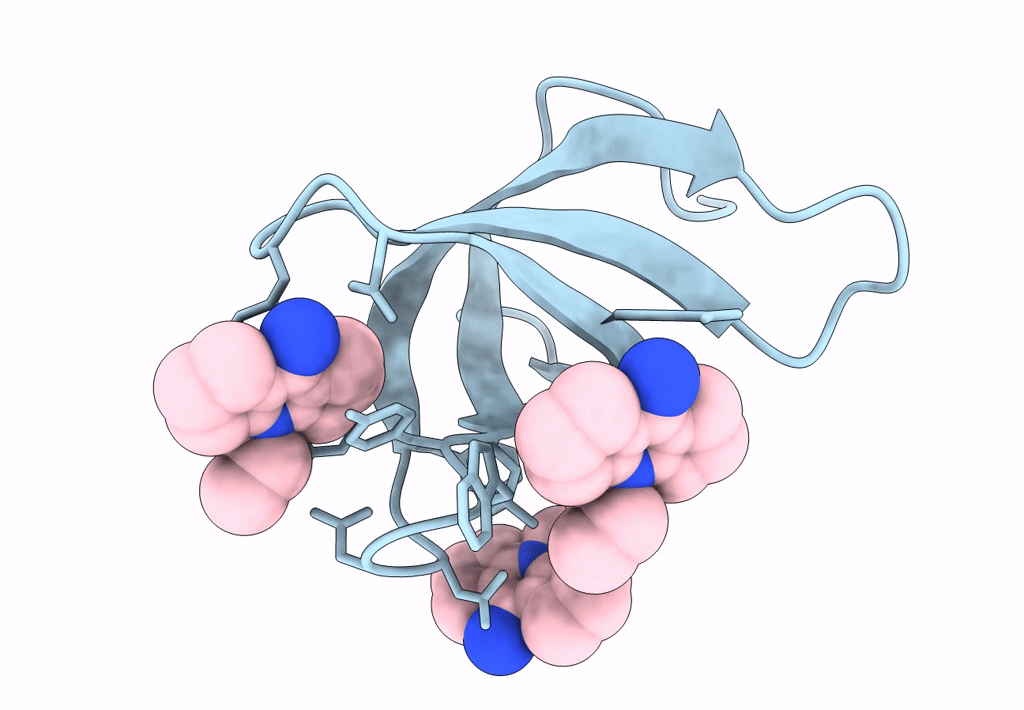
Deposition Date
2023-06-22
Release Date
2023-08-09
Last Version Date
2024-05-29
Entry Detail
PDB ID:
8JTN
Keywords:
Title:
Tudor domain of TDRD3 in complex with a small molecule
Biological Source:
Source Organism:
Homo sapiens (Taxon ID: 9606)
Host Organism:
Method Details:


